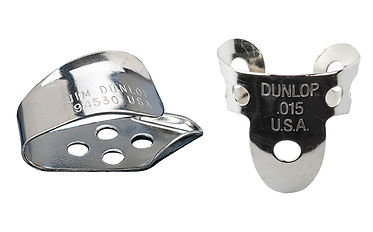
People frequently inquire about the best picks for beginners, those suited for country music, or the ultimate pick. In the realm of music, I firmly believe that there are no definitive answers; it all boils down to what works best for you and keeps you playing. Picks come in various shapes, sizes, colors, and materials, and the following paragraphs will help demystify the selection process.
The Color and Shape:
In general, thinner picks (measured in millimeters) excel at strumming chords due to their flexibility, allowing them to effortlessly glide across strings with minimal resistance. On the other hand, stiffer picks prove superior for single notes and soloing, offering precision and the requisite resistance for rapid playing. Picks under 0.73 mm thickness are suitable for strumming, while those at 0.88 mm and above perform better for soloing. Most bass players use a firmer pick.
Initially resembling surfboards, picks were favored by mandolin players. As guitars gained popularity, musicians demanded picks with more surface area for grip. Hence, the modern "standard" pick shape emerged—an acute, isosceles triangle.
This pick shape presents a plethora of variations, including those with sharper points for increased precision and attack, picks with surface indentations or grip enhancements for better hold, equilateral triangle-shaped picks (common in bass playing), and nearly round picks which imparts a vintage, warm, and dark sound.
For your convenience, most manufacturers have standardized pick colors to correspond with thickness. For instance, if someone asks you to fetch "yellow ones," you can deduce they're referring to the Dunlop Tortex 0.73 mm picks.
Materials:
As discussed earlier, picks were initially made from natural materials like tortoiseshell due to the absence of plastics and synthetic materials. Many companies now offer picks made from materials designed to replicate the sound and feel of natural substances.
Beyond that, celluloid was among the first mass-produced materials for picks, lauded for its similarity in tone and feel to tortoiseshell but at a much lower cost, both financially and environmentally. While Tortex picks, initially made from celluloid, are still available today, they are now typically crafted from Delrin, the most common material across brands. Delrin offers flexibility, warmth, and durability, making it a popular choice.
Other popular pick materials include nylon (inexpensive but wears quickly, providing a warm tone), Ultex (extremely durable with a sharp, crisp sound), metal (exceptionally bright and long-lasting but costly and hard on strings), and even felt and rubber (used for ukulele and bass to mimic finger-like sounds).

